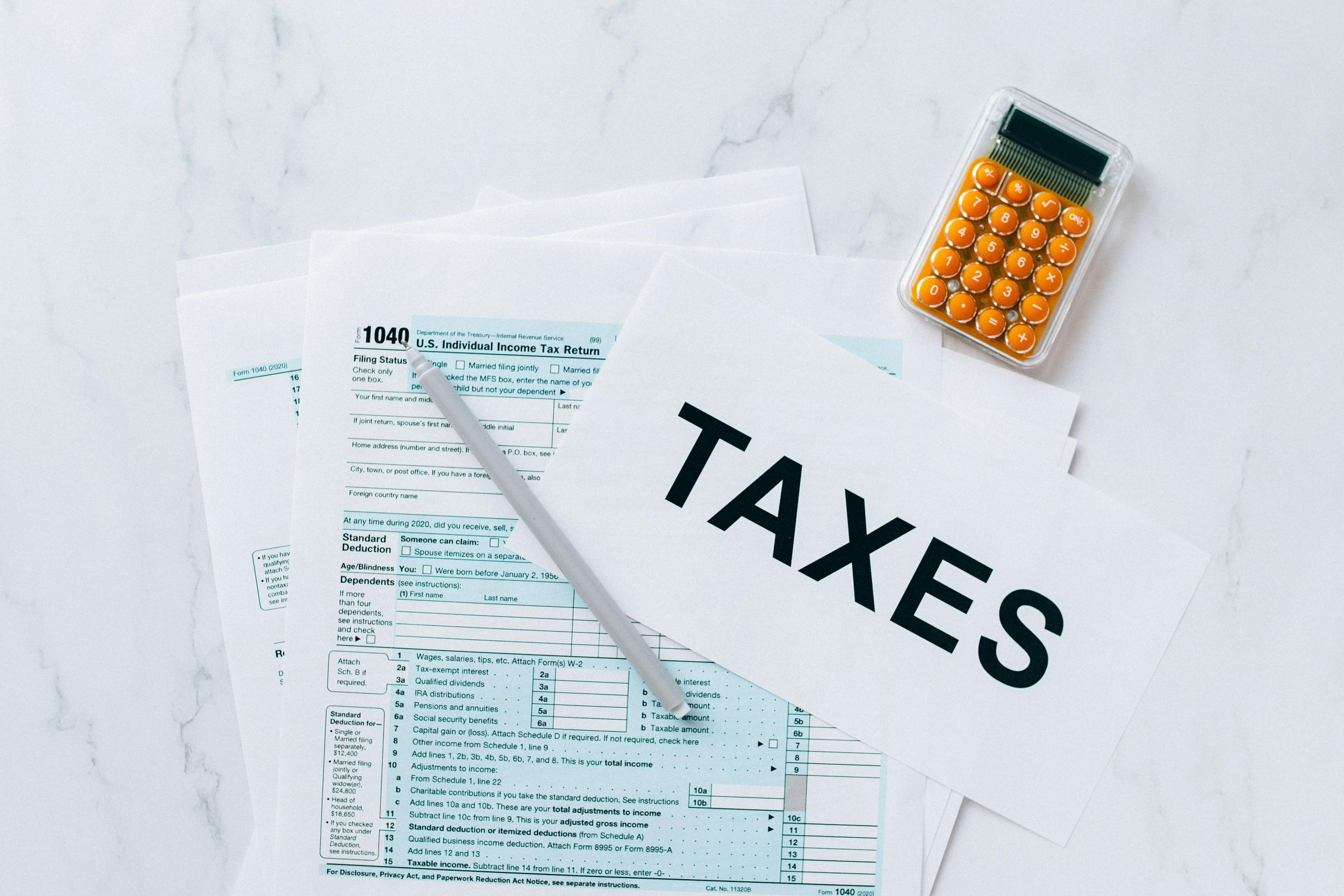Side Hustle Tax Pitfalls: IRS Rules You Can’t Ignore
Do you have a side hustle or gig to earn some extra cash? If yes, you’re not alone. In today’s economy, it’s becoming increasingly common for people to have multiple streams of income. According to a recent survey by Bankrate, one in three Americans have a side hustle. Whether you’re selling handmade crafts on Etsy, driving for Uber or Lyft, or offering freelance services, side hustles have become a popular way to supplement income. While it’s a great way to earn extra money, it also comes with its own set of responsibilities, especially when it comes to taxes. In this article, we’ll discuss some common side hustle tax pitfalls that you should be aware of and the IRS rules that you can’t afford to ignore.
Understand Your Tax Obligations
Many people with side hustles or gigs are often confused about their tax obligations. Some mistakenly believe that they don’t need to pay taxes or file returns because they’re not working a traditional job. However, this is not true. The IRS requires all income from side hustles to be reported as taxable income. The type of tax you’ll pay depends on the type of side hustle you have. For example, if you’re self-employed, you’ll need to pay self-employment tax in addition to income tax. It’s important to understand your tax obligations to avoid any penalties or fines from the IRS.
Deductible Business Expenses
In addition to paying taxes, one of the benefits of having a side hustle is that you can deduct certain business-related expenses from your income, thereby lowering your taxable income. Some of the expenses that you can potentially deduct include supplies, equipment, advertising, and professional fees. However, it’s essential to make sure that these expenses are directly related to your side hustle and that you have proper documentation to back them up in case of an audit. Keep all receipts and create a separate bank account and credit card for your side hustle to keep track of expenses.
Filing Taxes as a Side Hustler
Schedule C
If your side hustle is your primary source of income and you’re self-employed, you’ll need to file a Schedule C with your tax return. This form is used to report the income and expenses from your side hustle. You can also use it to calculate your self-employment tax. It’s crucial to accurately report your income and expenses to avoid mistakes on your tax return.
Schedule SE
As a self-employed individual, you’re responsible for paying both the employer and employee portions of Social Security and Medicare taxes. You can calculate these taxes on Schedule SE, which is included with your federal income tax return. The self-employment tax rate is 15.3%, but you can deduct half of this amount on your tax return.
Quarterly Estimated Taxes
If you have a side hustle, you may need to pay quarterly estimated taxes to the IRS. These payments are used to cover your income, self-employment, and other taxes throughout the year. The due dates for estimated tax payments are April 15th, June 15th, September 15th, and January 15th. To avoid penalties, make sure to pay at least 90% of your expected tax liability for the current year or 100% of the tax from the previous year, whichever is less.
Avoid Common Mistakes
When it comes to side hustle taxes, there are some common mistakes that people make that can lead to headaches with the IRS. These include failing to keep track of expenses, not reporting all income, and not filing tax returns on time. It’s essential to stay organized and keep accurate records of all your income and expenses throughout the year. Additionally, make sure to file your tax return on time and make estimated tax payments if necessary. Avoiding these mistakes can save you from penalties and fines from the IRS.
Seek Professional Assistance
Filing taxes as a side hustler can be complicated, and it’s easy to make mistakes if you’re not familiar with tax laws. If you’re unsure about your tax obligations or need help with tax filing, it’s best to seek professional assistance from a tax professional. They can help you stay on top of your tax obligations, minimize your tax liability, and avoid any potential issues with the IRS.
In Conclusion
A side hustle can be a great way to earn extra money, but it also comes with tax responsibilities that you can’t afford to ignore. Make sure you understand your tax obligations, keep track of expenses, and file accurate and timely tax returns to avoid any issues with the IRS. Seek professional help if necessary to ensure that you’re complying with all tax laws and maximize your tax savings. With proper planning and adherence to IRS rules, you can enjoy the freedom and flexibility of having a side hustle without any tax pitfalls.











